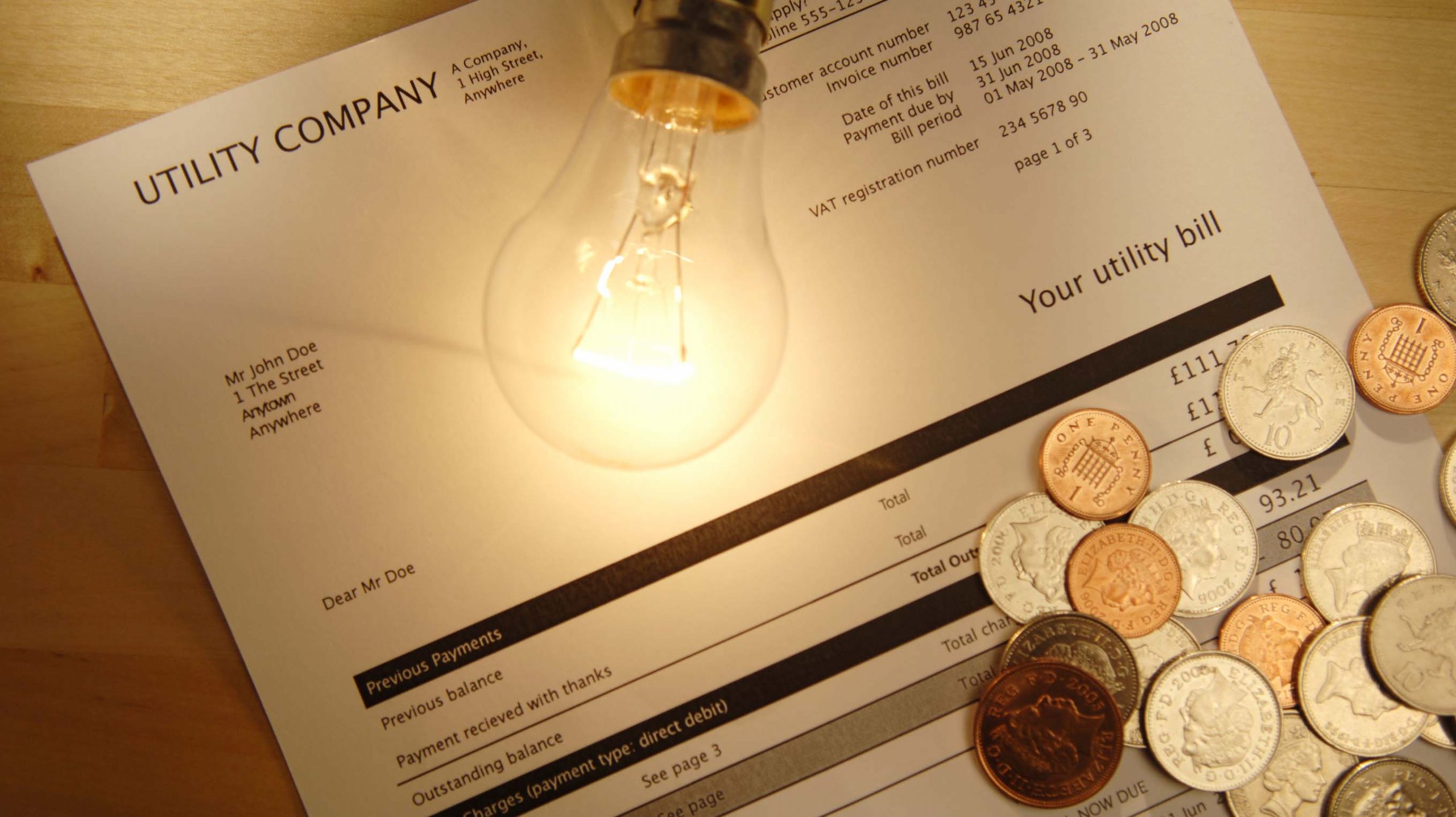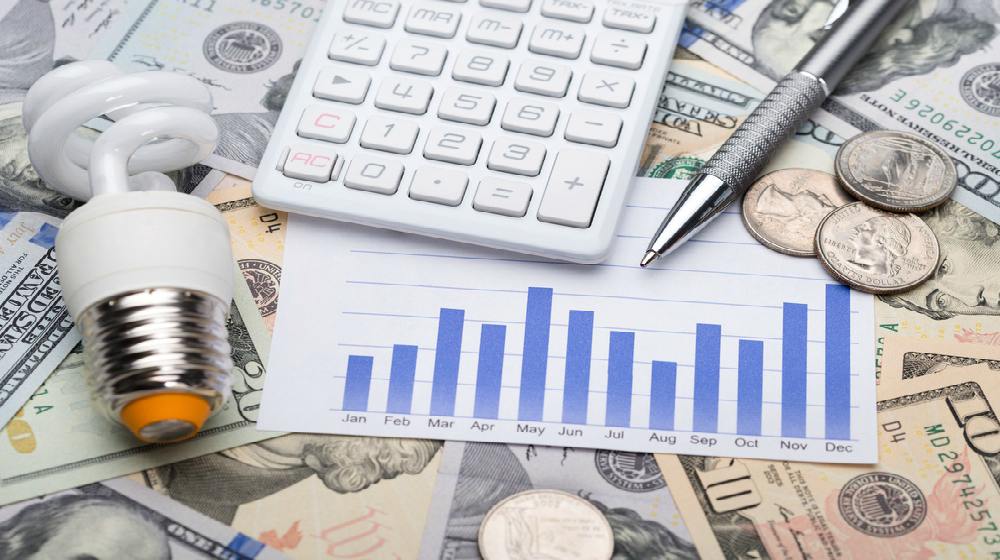The $19 strawberry from Japan for sale in LA shows us the problems with our global food chain.
The post The $19 Strawberry Is a Symbol of Grocery Sticker Shock and Economic Anxiety appeared first on Green Prophet.
It started with a single strawberry—priced at a surreal $19 at the upscale Los Angeles market Erewhon. The berry, imported from Kyoto and polished like a luxury item, went viral and became a flashpoint in a growing cultural conversation about food, privilege, and economic pressure in 2025. It is not much different from gold flake crazes or people eating rare, and protected animal species like lions or sharks.
My husband was in Japan years ago and said he found $250 melons at the store. So this kind of food upscaling isn’t new to Japan. But to Americans?
Related: make jam with $19 strawberries
Outrage over the strawberry quickly morphed into memes, TikToks, and a wave of grocery-haul anxiety content, with people showing off rising receipts for basics like eggs, milk, and bread. But beneath the humor and viral rage lies something far more serious: food prices have become a daily referendum on trust in the economy, perceptions of fairness, and personal security.
Chef Moshe Bason gardening
“Food is one of the key human needs, and food security is an important source of psychological security,” explains Uma Karmarkar, a neuroeconomist at UC San Diego. “Increases in the price of food can signal threats to our own safety as well as our ability to take care of loved ones like children.”
Influencers and the $19 strawberry
We may joke about expensive berries or luxury oat milks (just make your own here), but the real stress point is what’s happening to the cost of essentials. Unlike rare splurges, grocery shopping is routine and emotionally loaded. As Karmarkar notes, “Grocery prices are a frequent and familiar cost. People understand in concrete terms what things ‘should’ cost, so they’re especially sensitive when that changes.”
Related: easy ways to save money on your grocery bill
This phenomenon—what she describes as “prediction error”—creates what we now call sticker shock. And because groceries are weekly (or even daily) purchases, that shock keeps getting reinforced, making it harder to ignore.
For many, the emotional toll of rising food costs is also driving a new wave of DIY food resilience. From backyard chickens to sourdough starters (we have an expert recipe here), people are reclaiming a sense of control. “DIY means additional effort, but it also means reducing the feeling of being forced to rely on others,” says Karmarkar. “It may or may not save money in the long run, but the overall benefit of confidence in one’s ability to take care of oneself can be quite valuable.”
butter on napkin, with sourdough bread and knife” width=”2560″ height=”1856″ srcset=” 2560w, 350w, 660w, 768w, 1536w, 2048w, 800w, 1000w, 310w, 180w, 745w” sizes=”(max-width: 2560px) 10
Recommended Story For You :

Bringing Dead Batteries Back To Life Is Simple!

SEPTIFIX to the Rescue! Say Goodbye to Problems and Hello to Savings

Ecomposing of Paper Towels Produce Methane Gas

A Leading Cause Of Global Warming!

A cleaner world where energy is abundant essentially free

and sourced directly out of the inherent power of the space surrounding us.

MIT Discovery can cut power bills by 65%

Easy DIY Power Plan Will Change Our World Forever

Discover the World with Our Passionate Geography Teacher in Memphis!

